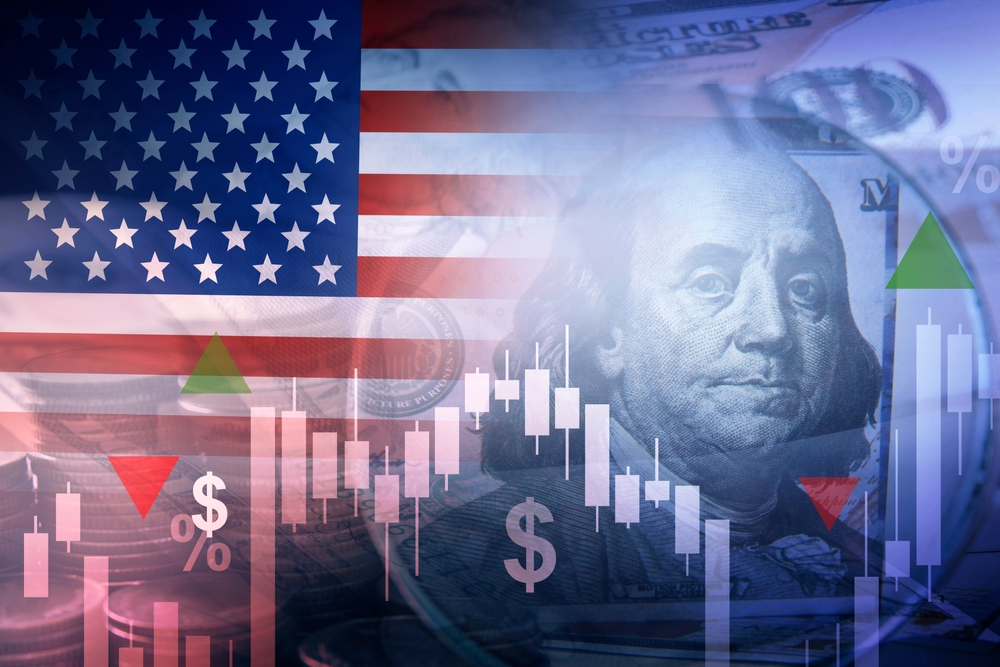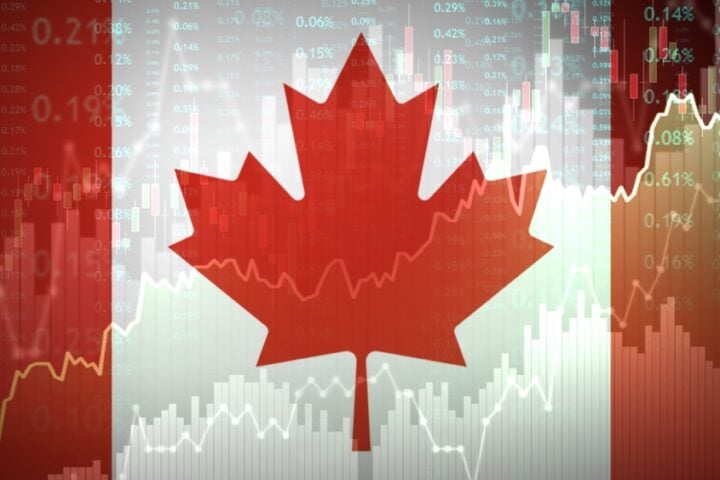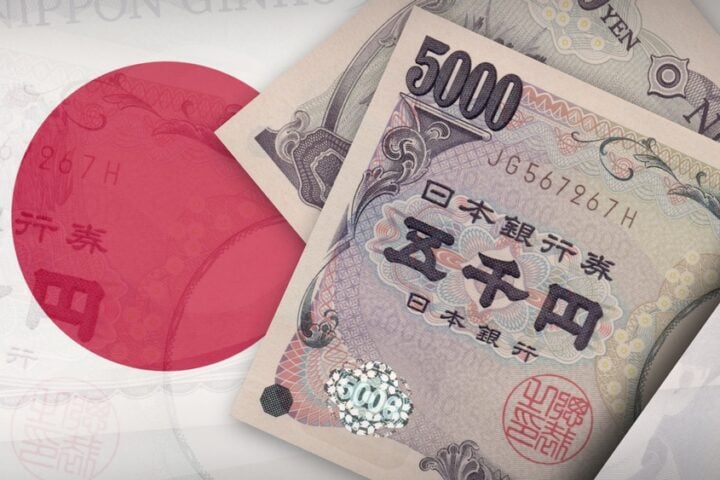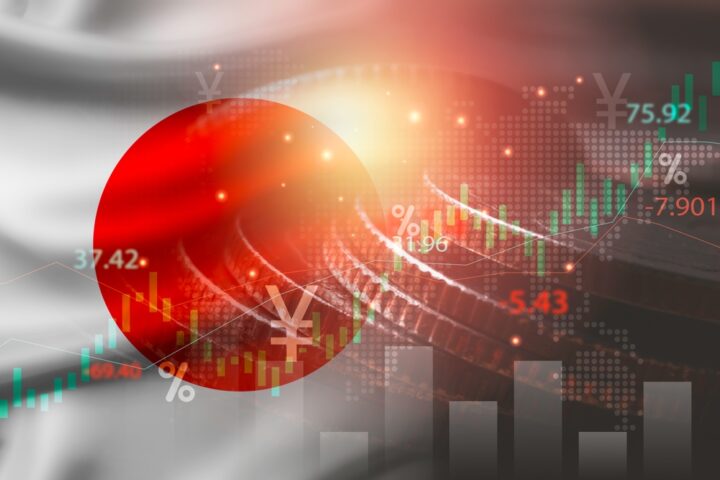What Happened
The U.S. dollar remained flat on Wednesday after touching a two-week low, as investors awaited concrete details on President Donald Trump’s proposed tariff plans. The greenback had recently hit a two-year high but has since retreated amid uncertainty over trade policy.
Why It’s Important
Trump indicated that his administration is considering a 10% tariff on Chinese goods and a 25% levy on imports from Canada and Mexico by Feb. 1. However, no executive orders have been signed yet, leaving investors cautious.
Key Takeaways
- Dollar Index: Rose 0.01% to 108.15 after dipping to 107.75, its lowest since Jan. 6.
- Euro: Fell 0.1% to $1.042 as ECB policymakers signaled additional rate cuts.
- Japanese Yen: Dollar strengthened 0.42% to 156.16, as markets expect a BOJ rate hike.
- British Pound: Weakened 0.23% to $1.2326 amid rising UK budget deficits.
- Canadian Dollar: Fell 0.44% to C$1.44 per USD, amid concerns over U.S. trade policy.
- Mexican Peso: Strengthened 0.42% to 20.547 per USD.
- Chinese Yuan: Weakened 0.12% to 7.278 per USD in offshore trading.
Market Reaction
The dollar’s slight decline reflects investor caution as they wait for clarity on tariffs. “The market didn’t have a huge amount of tariff premium built in, but a lot of the move has really been more about Fed expectations and interest rate differentials,” said Brad Bechtel, global head of FX at Jefferies.
ECB and BOJ Policy Outlook
The ECB is expected to cut rates next week, with markets pricing in a 93% chance of a 25-basis-point reduction. Meanwhile, the Bank of Japan is expected to raise rates at its meeting on Friday.
Looking Ahead
Trump’s trade memorandum, signed on Monday, orders federal agencies to complete trade policy reviews by April 1. This deadline will be a key moment for currency markets, as it may provide more clarity on U.S. tariff policy.







